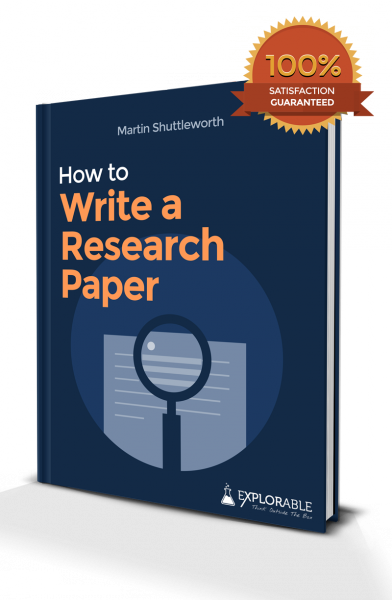
- Home >
- APA Writing Style
APA Writing Style
One of the trickiest parts of writing any academic work is using the correct style, and APA writing style is just one of the many formats, used by many sciences.
This article is a part of the guide:
Browse Full Outline
The most important thing to remember with APA standard is that the manual is aimed at psychologists.
Whilst other fields may base their papers upon this style, they may have subtle differences - some fields do not like the pronoun we, for example, whereas psychology has no problem with this practice.
Always check with your supervisor, and establish the correct style before you start. The main thing to bear in mind with the APA writing style is that it is currently undergoing many changes, as a response to the electronic information age.

The Evolution of the APA Writing Style
The difficulty with APA style, and with any style, is that it has adapted and evolved over the years, and an older teacher or professor may have a completely different preference to a younger one.
For example, older supervisors may prefer you to stick with the passive voice, whereas modern writing and convention has moved towards using active where possible.
There really is no correct way to write a paper, as things stand, so it is most important to make sure that you are consistent and that the paper has a nice 'flow', and is readable.
Personal or Impersonal?
The principle is not as complicated as it seems, because it is simple an extension of what you already know.
Traditionally, APA dictated writing in an impersonal form, not using the pronouns 'I', or 'We'. One of the major changes in APA format is that, in a co-authored paper, you can use 'We'. For example, 'We found that', or 'Our research showed that'.
However, just to complicate things, some academics are pushing for change towards using the first person, in order to avoid the passive completely.
For example:
"I measured the frequency at regular intervals"instead of
"The frequency was measured at regular intervals."
Formal APA Writing Style
APA writing style needs to be formal. Avoid using slang words and avoid contractions, such as 'don't', 'won't', couldn't.' Whilst APA is trying to move towards a more personal style, that does not mean informality, as if you were writing a friendly e-mail.
Formality used to mean sticking with a passive style of writing, but attitudes towards using the passive voice have changed over the past few years. Even ten years ago, most disciplines required the passive voice.
That has changed, and it is better to try to make a paper as active as possible. For example, instead of 'It was found that…' you could try "Bandura discovered" or "The results showed that…"
Terminology
With APA writing style, it is important to try to remain neutral with the terminology that you use. This includes avoiding gender specific language, wherever possible.
For example, if you are talking about Albert Einstein and Jane Goodall, you can use 'he' or 'she'. If all of your test subjects are women, you can also use 'she', but if the group is mixed, you must use a neutral term such as 'subjects', or 'people'.
You must avoid pejorative terms such as AIDS 'victims' or cancer sufferers. It is much better to use 'People diagnosed with AIDS' or 'The subjects who developed cancer. These may seem to be fine distinctions, but try to remember that language changes over time and a word that is acceptable now may not be suitable in twenty years.
Look at an anthropology paper from the early Twentieth Century, where indigenous people are referred to as 'Savages' and 'Heathens,' and you will see why this is important.
If you have any doubt, use terminology found in the current literature or ask your supervisor - finding a neutral tone can be a minefield!
Confusion
The constantly evolving APA writing style is undergoing some major changes, mainly as an attempt to make scientific papers more accessible to non-scientists.
The main thing to remember is that the APA writing style guide is a general guide, not a set rules.
Listen to your supervisor or teacher, because they mark the paper, and try not to be too bogged down in the details. If you complete a great research project, and write an interesting paper, it is unlikely that you will be penalized.
Martyn Shuttleworth (Jun 6, 2009). APA Writing Style. Retrieved Nov 19, 2025 from Explorable.com: https://explorable.com/apa-writing-style
You Are Allowed To Copy The Text
The text in this article is licensed under the Creative Commons-License Attribution 4.0 International (CC BY 4.0).
This means you're free to copy, share and adapt any parts (or all) of the text in the article, as long as you give appropriate credit and provide a link/reference to this page.
That is it. You don't need our permission to copy the article; just include a link/reference back to this page. You can use it freely (with some kind of link), and we're also okay with people reprinting in publications like books, blogs, newsletters, course-material, papers, wikipedia and presentations (with clear attribution).
This article is a part of the guide:
Browse Full Outline
Footer bottom




